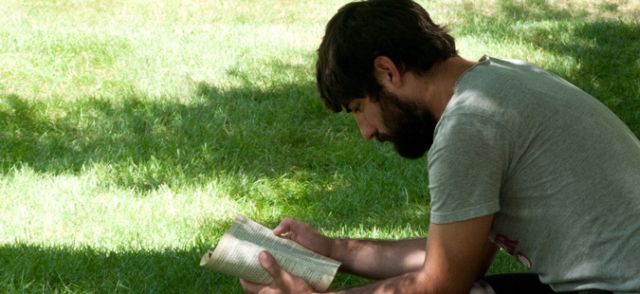
History Faculty Publications
Document Type
Article
Publication Date
Spring 2013
Publication Source
American Catholic Studies
Abstract
The "second" Ku Klux Klan exploded into national prominence in the 1920s. While the original Klan was based in the South and concentrated its animus against the newly freed slaves, the second KKK was a national organization that expanded its list of social scapegoats to include Catholics, Jews, and immigrants. Ohio perhaps had more Klan members than any other state, and in the 1920s the Dayton KKK chapter targeted the local Catholic university – the University of Dayton (UD) – with crossburnings and a bombing. While the school's administration avoided confrontation, UD students and the UD football team aggressively challenged the Klan. But while similar events at Notre Dame have received extensive attention from historians, the Klan's attacks on the University of Dayton are absent from the school's institutional histories and are virtually non-existent in the school's institutional memory. A review of histories of Catholic universities in states where the Klan was active reveals a similar silence, even though there are good reasons to believe some of these schools were also targeted by the Klan. As the University of Dayton story indicates, just because institutions and institutional histories are silent does not mean nothing happened. In fact, the silence is deafening.
Inclusive pages
1-21
ISBN/ISSN
2161-8542
Document Version
Published Version
Copyright
Copyright © 2013, American Catholic Historical Society.
Publisher
American Catholic Historical Society
Volume
124
Peer Reviewed
yes
eCommons Citation
Trollinger, William Vance, "Hearing the Silence: The University of Dayton, the Ku Klux Klan, and Catholic Universities and Colleges in the 1920s" (2013). History Faculty Publications. 11.
https://ecommons.udayton.edu/hst_fac_pub/11



Comments
"Hearing the Silence" received the 2014 Catholic Press Award for Best Essay in a Scholarly Magazine.
This article was originally published in American Catholic Studies, 124 (Spring 2013): 1-21, and is reprinted with permission.
Permission documentation is on file.